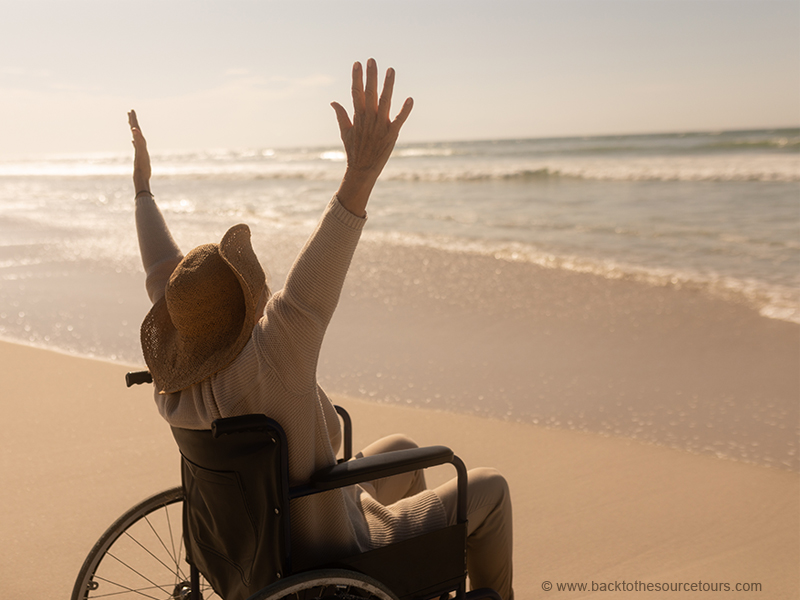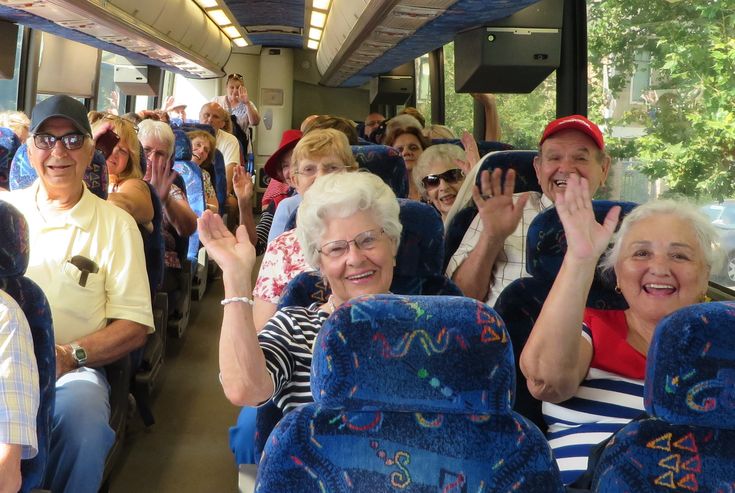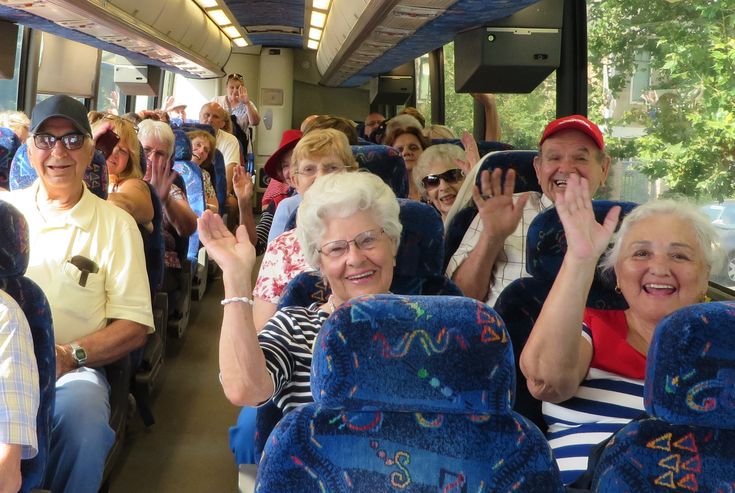Guided walking tours and bus excursions for seniors with health concerns represent a burgeoning niche in the travel industry. The increasing senior population, coupled with a desire for continued exploration and social engagement, necessitates the creation of travel experiences that cater specifically to the needs and limitations of older adults. This exploration delves into the design, planning, and marketing of accessible tours, ensuring both safety and enjoyment for participants.
We will examine how careful route selection, appropriate vehicle choices, and comprehensive support services can make travel more accessible and enjoyable for this demographic.
This involves careful consideration of various factors, including route selection (prioritizing flat surfaces and frequent rest stops), pace and duration of tours (allowing for ample breaks and shorter walking distances), group size (ensuring personalized attention), support services (providing trained guides and access to mobility aids), and the overall accessibility of destinations. Bus excursions require equally meticulous planning, encompassing the selection of appropriate vehicles, careful route planning, comfortable seating arrangements, and onboard amenities to ensure a safe and pleasant journey.
Legal and safety considerations, such as ADA compliance and emergency procedures, are also vital components of creating responsible and successful accessible tours.
1. Introduction
The Need for Accessible Tours for Seniors
The senior travel market is experiencing significant growth, with individuals aged 65 and older increasingly seeking opportunities for leisure and exploration. However, many seniors face limitations due to age-related health concerns, mobility issues, or disabilities, making participation in traditional tours challenging. Traditional tour itineraries often involve strenuous activities, long travel times, and lack of provisions for diverse needs.
In contrast, guided walking tours and bus excursions designed with accessibility in mind offer a transformative travel experience, allowing seniors to enjoy travel safely and comfortably. These accessible tours prioritize ease of movement, ample rest periods, and personalized support, making travel more enjoyable and inclusive.
2. Designing Accessible Guided Walking Tours
Creating truly accessible walking tours requires careful planning. Routes should prioritize flat, paved surfaces, minimizing inclines and steps. Frequent rest stops with seating are crucial, allowing participants to take breaks as needed. Tours should be shorter in duration and at a slower pace to accommodate varying levels of fitness. Smaller group sizes allow for personalized attention from guides and easier navigation, enhancing the overall experience.
Trained guides should be equipped to provide physical assistance when necessary, and wheelchairs or other mobility aids should be readily available. Rest areas along the route must include accessible restrooms, seating, and water fountains. Finally, comprehensive contingency plans, including alternative routes or transportation options, should be in place to address unforeseen challenges.
3. Planning Accessible Bus Excursions: Guided Walking Tours And Bus Excursions For Seniors With Health Concerns
Accessibility in bus excursions begins with vehicle selection. Buses must be equipped with ramps or lifts, ample space for wheelchairs and walkers, and secure wheelchair restraints. Route planning should minimize travel time and avoid bumpy roads or excessive stops that could cause discomfort. Comfortable seating with adequate legroom is essential, and onboard amenities such as accessible restrooms, climate control, and easily accessible storage are crucial for a pleasant journey.
Clear announcements, detailed emergency procedures, and trained staff are essential for passenger safety and communication. Finally, prior confirmation of accessibility at all destinations, including attractions and facilities, is critical to ensure a seamless experience.

4. Marketing and Promotion of Accessible Tours
Reaching the senior market requires targeted marketing strategies. Utilizing channels such as senior centers, retirement communities, and travel agencies specializing in senior travel will effectively reach the target audience. Marketing materials must clearly highlight accessibility features, using simple, concise language in brochures and websites. Detailed information on accessibility features, support services, and any potential limitations should be readily available.
Transparency and clear communication build trust and encourage participation.
5. Legal and Safety Considerations
Compliance with relevant accessibility regulations, such as the Americans with Disabilities Act (ADA) in the United States or equivalent legislation in other countries, is paramount. Adequate liability insurance and waivers should be in place to protect both the tour operator and participants. Comprehensive emergency procedures and medical protocols must be established and communicated clearly. Staff training in first aid, CPR, and handling medical emergencies is crucial to ensure the safety and well-being of participants.
6. Case Studies and Examples of Successful Accessible Tours
Numerous examples of successful accessible tours exist worldwide. These tours demonstrate best practices in route planning, vehicle selection, staff training, and marketing. Highlighting innovative approaches, such as the use of assistive technologies or partnerships with local accessibility organizations, showcases the possibilities. Including testimonials from senior participants provides valuable social proof and demonstrates the positive impact of accessible travel experiences.

7. Conclusion
The Future of Accessible Senior Travel
The demand for accessible travel options for seniors is steadily increasing, reflecting a broader shift towards inclusive tourism. Continued development of inclusive and accessible experiences will not only enhance the lives of seniors but also contribute to a more vibrant and equitable tourism industry. Further research and development in areas such as assistive technologies, accessible transportation, and universal design principles will play a crucial role in shaping the future of accessible senior travel.

By embracing accessibility, the tourism industry can create opportunities for enriching travel experiences for all.

Creating truly accessible travel experiences for seniors with health concerns requires a multifaceted approach that goes beyond simply adapting existing tours. It demands a deep understanding of the unique needs of this demographic, innovative solutions to address mobility limitations, and a commitment to providing safe, enjoyable, and enriching travel opportunities. By prioritizing accessibility in every aspect of tour design and planning, we can empower seniors to continue exploring the world and creating lasting memories.
The future of senior travel lies in inclusivity, and by investing in accessible tourism, we are investing in the well-being and happiness of a significant and growing segment of the population.

